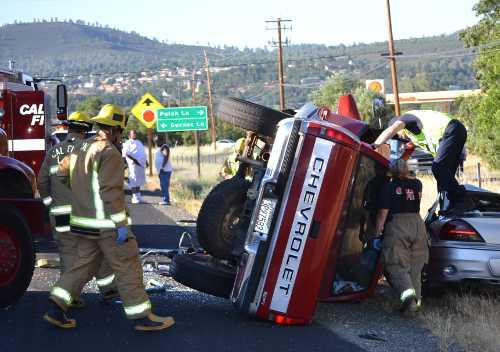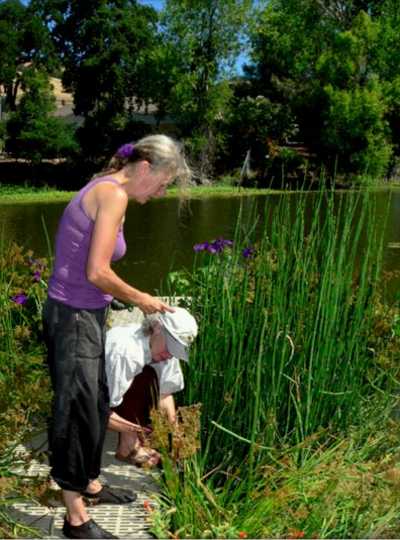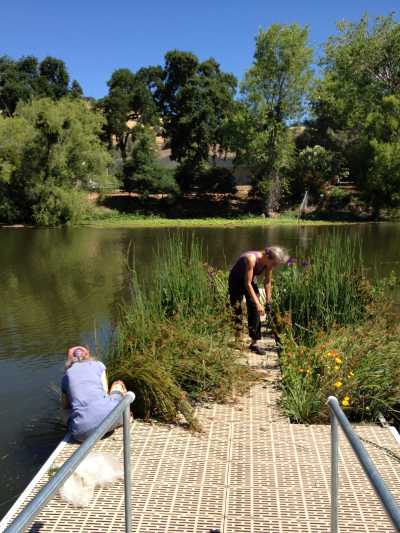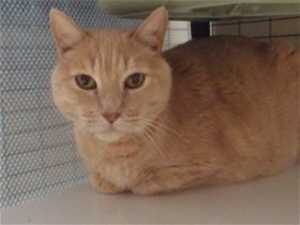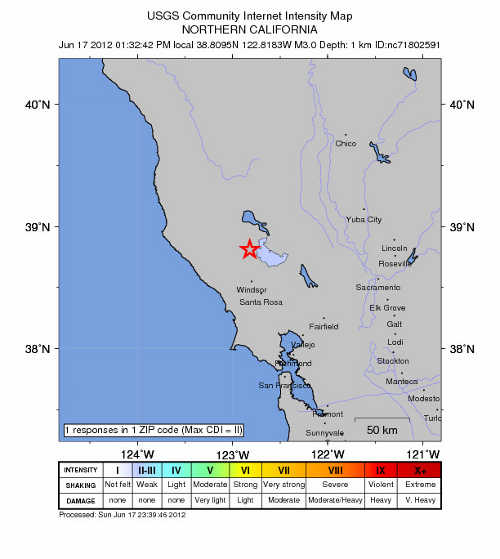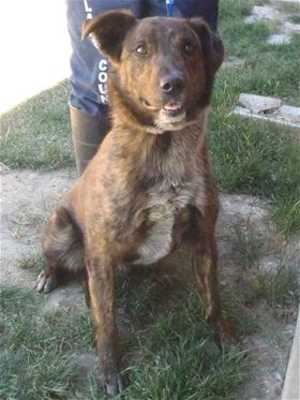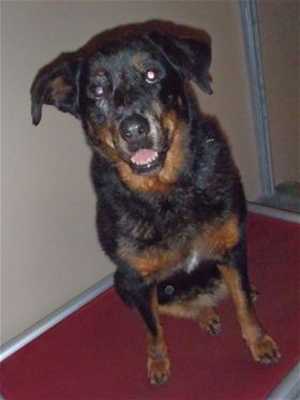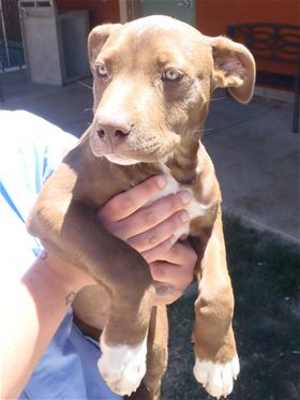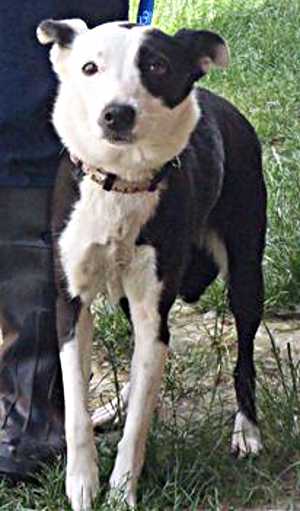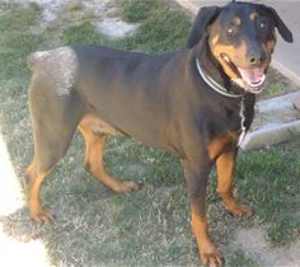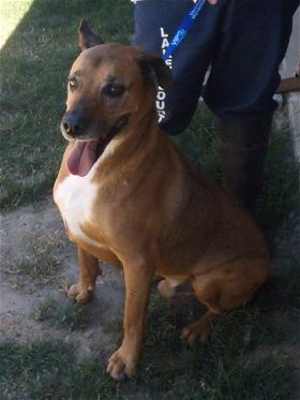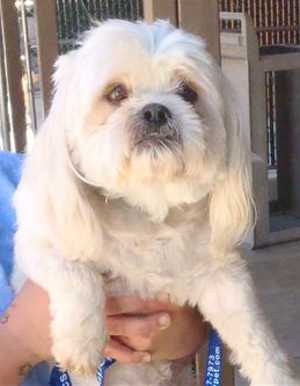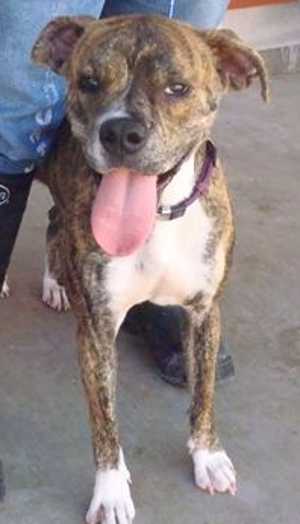LAKEPORT, Calif. – The second defendant charged in a June 2011 shooting in Clearlake that killed a child and wounded five adults was in court on Friday for the closing arguments in his trial.
Paul William Braden, 22, is facing 15 charges including first-degree murder, five counts of attempted murder, two counts of mayhem, six counts of assault with a firearm and discharge of a firearm at an inhabited dwelling, along with dozens of special allegations.
The shooting on June 18, 2011, killed 4-year-old Skyler Rapp, wounded his mother Desiree Kirby, her boyfriend Ross Sparks, his brother Andrew Sparks, Ian Griffith and Joseph Armijo.
Braden’s closing arguments coincided with deliberations by the jury for his codefendant, 24-year-old Orlando Joseph Lopez Jr., facing the same charges. The two men had separate juries.
Lopez’s jury heard closing arguments on Thursday and began deliberations on Friday morning, delivering guilty verdicts on all counts after only four hours of discussion.
District Attorney Don Anderson told Braden’s jury Friday that the evidence showed that Braden shot into the crowd at the home of Kirby and Ross Sparks.
In statements that mirrored those he gave Thursday, Anderson went over what the jury needed to consider in settling on the charges.
He also raised issues of testimony and evidence that he felt were key to connecting Braden to the shooting, including the testimony of jailhouse informant Daniel Loyd, who is himself in jail and awaiting prosecution for a 2011 homicide.
Loyd and Braden were housed together at one point, and Loyd testified that Braden spoke to him about the shooting, telling him that no one could identify him at the scene because he wore gloves and a mask.
Braden also allegedly told Loyd he drove the vehicle to the scene, that he furnished the shotguns that he and Lopez carried and that he was the gunman.
Anderson said Braden and Lopez went to the scene “for one reason – to kill.”
In his closing statements, which ran just under 45 minutes, Braden’s attorney, Doug Rhoades, told the jury, “This is the only opportunity I have to address you.”
He went over the jury instructions on reasonable doubt, which covers what jurors can and can’t consider in making a decision. Being arrested, charged or brought to trial are not evidence of guilt, he emphasized.
To convict Braden jurors must have an abiding conviction that he’s guilty. “When you’re convinced of it, you’re convinced of it next week, next month, and years to come,” Rhoades said.
While Rhoades said there were many contradicting statements among the witnesses, he wanted to focus on Kevin Stone, a former codefendant in the case who reached a plea agreement to lesser charges last fall.
“Who puts Paul at the scene of the shooting? There are only two people that do that,” said Rhoades.
One of those two is Loyd, who said he had an interest in the case because he was a friend to Jeremiah Rapp, Skyler’s father, according to Rhoades.
Rhoades said that the first thing that must happen is the acknowledgment that a tragedy took place and a child died. “I will never, ever minimize that.”
However, Rhoades continued, “We are not here to make right that particular thing.”
Raising issues with witness statements
During Loyd’s testimony at trial, a jury member sent up a note that Rhoades said insightfully asked why Braden would speak to no one but Loyd, who Rhoades said had given information in another homicide case to which he had a connection.
Rhoades put up a picture on a projector of Stone. The picture, which Stone took of himself by pointing his cell phone at a mirror, showed him wearing a ball cap with the brim pushed back, a handgun in one hand. The picture stayed up through most of Rhoades’ closing arguments.
Stone was the second person to put Braden at the scene with a gun, Rhoades said.
Braden had no reason to be mad at Ross Sparks and no motive for the shooting, according to Rhoades.
Rhoades faulted Stone’s testimony, which included statements that Braden was the only shooter – which conflicted victim accounts that they saw muzzle blasts coming from two different areas of the fence – and that he was standing and shooting left-handed. Witnesses saw fire coming from over the 6-foot fence, and Braden is left-handed, said Rhoades.
Rhoades said it wasn’t up to him or Anderson to ultimately decide who was responsible for the crimes. “It's your decision, and it's one of the greatest burdens we put on you,” he explained to jurors.
He told the jury a story, recounting a father watching each of his three sons going off to war, and not speaking out to stop each of them, who ultimately died.
“Do not hold your tongue,” he said. “You have an obligation, that is to participate and speak.”
Anderson said he’s also questioned the motive in the crime. “To this day, I have not figured out the motive and that's mainly because there is none.”
While there wasn’t a motive, there was a reason, said Anderson. “You have an extremely angry person. Not justifiably angry, but he was angry.”
Braden couldn’t control his anger and took the situation to the extreme, Anderson said.
Judge Doris Shockley read most of the jury instructions on Friday afternoon, but ordered the jury to return at 10 a.m. Tuesday, June 19, at which time she’ll complete instructions and their deliberations can begin.
Email Elizabeth Larson at This email address is being protected from spambots. You need JavaScript enabled to view it. .
